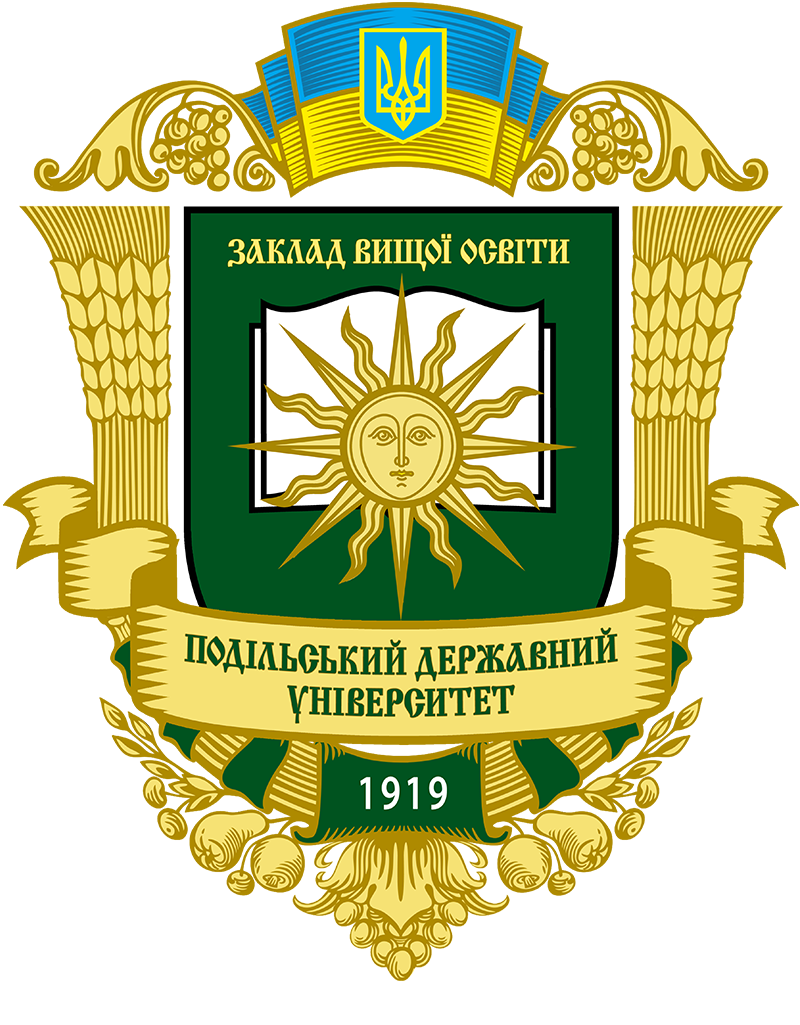CHANGES IN HUMUS CONTENT IN TYPICAL HEAVY LOAMY CHERNOZEM UNDER THE INFLUENCE OF SUGAR AND CANNING WASTE
DOI:
https://doi.org/10.37406/2706-9052-2024-1.2Keywords:
wastes of canning and saccharine industry, doses, utilization, bringing, agricultural cultures, soil, humus.Abstract
The article shows the influence of waste from sugar and canning industries on the change in the humus content in a typical heavy loamy black soil. The positive impact of waste on this indicator is established. The best options are the combined application of 60 and 90 t/ha of defecate and pomace. Studies have shown that when using waste from sugar and canning production, the humus content in the soil varied in different ways. The process of humus accumulation was most active when defecate and pomace were applied together at a rate of 60 and 90 t/ha. This is explained by the improvement of the physical and chemical properties of the soil: the structure improves, the density decreases, and gas exchange increases. Under these conditions, aerobic microflora predominantly develops, and denitrification processes decrease, which leads to the development of bacillary forms of bacteria and nitrogen-fixing microorganisms. Approaching the reaction of the environment towards neutral gradually increases the intensity of decomposition of organic substances, improves the biosynthesis process, while narrowing the ratio of carbon and nitrogen and increasing the content of the most valuable humic acids. The humus content in this variant increased by 0.12–0.13% compared to the control. In the variants with the application of pomace alone, the humus content remained practically unchanged and averaged 3.64% in the variants, while the control was 3.62%. The positive effect of joint application of waste on the accumulation of humus was observed for three years and under both crops that were studied. It is clear that the change in soil humus content in one year is too small, but the established upward trend suggests that with systematic application (once every 3–5 years), the humus content will increase, with a positive balance of nutrients in the variants of joint application of defecate and pomace. The data obtained will allow us to expand knowledge about the peculiarities of utilization of sugar and canning waste, protect the environment from pollution, and develop recommendations for the use of sugar and canning waste as fertilizer for agricultural crops, which will increase arable land productivity and improve soil fertility.
References
Агроекологія: навч. посіб. / В. М. Писаренко, П. В. Писаренко, В. В. Писаренко. Полтава: [б. м.], 2008. 255 c.
Агроекологія: Посібник / А.М. Фесенко, О.В. Солошенко, Н.Ю. Гаврилович, Л.С. Осипова, В.В. Безпалько, С.І. Кочетова; за ред. О.В.Солошенка, А.М. Фесенко, Харків: ХНАУ, 2013. 291с.
Бойко О. Г. Вплив відходів цукрового та консервного виробництв мікробіологічну активність ґрунту. О.Г. Бойко, В.М. Яворов. Збірник наукових праць Подільсько державного аграрно-технічного університету. Камянець-Подільський, 2004. № 12. С. 128–135.
Городній М.М. Ведення землеробства на біологічно-екологічних принципах з альтернативними шляхами вирішення. М.М. Городній, В.Г. Олійніченко, А.В. Бикін. Науковий вісник НАУ. Київ, 1998. № 5. С. 274–285.
Гордієнко В. П. Вплив різних систем обробітку на біологічну активність ґрунту. В. П. Гордієнко, С. М. Сичевський. Наук. пр. Кримського державного аграрного университету. Сімферополь, 2000. Вип. 66. С. 60–65.
Екологізація систем землеробства. Екологічні проблеми землеробства: навч. посібн. К.: ЦУЛ, 2010. 433 c.
Екологічні проблеми землеробства: навч. посібн. І.Д. Примак, Ю.П. Манько, Н.М. Рідей, В.А. Мазур, В.І. Горщар, О.В. Конопльов, С.П. Паламарчук, О.І. Примак; за ред. І.Д. Примака. К.: ЦУЛ, 2010. 456 с.
Truong L., Morash D., Liu Ya., King A. Food waste in animal feed with a focus on usefor broilers. International Journal of Recycling of Organic Waste in Agriculture. 2019. Vol. 8. P. 417–429.
Шкарда М. Виробництво та застосування органічних добрив / перев. із чеш. З.К. Благовіщенський. М.: Агропромвидат. 1995. С. 182.
Щурська К. О. Біоенергетика : підручник для студ. спеціальності 162 «Біотехнології та біоінженерія». К.О. Щурська, Є.В. Кузьмінський. Київ : КПІ ім. Ігоря Сікорського. 2018. 304 с.










